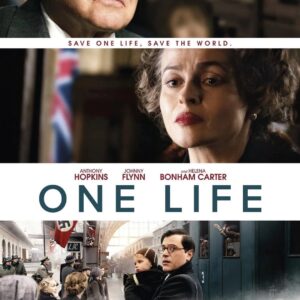Released in 2015, “High-Rise” offers viewers a captivating exploration of the intricate world of modern architecture through the lens of cinema. Directed by Ben Wheatley and based on J.G. Ballard’s novel of the same name, the film takes audiences on a visually stunning journey through the futuristic and innovative design of a luxury high-rise building.

The story unfolds within the confines of a towering residential structure that represents a microcosm of society, where the residents’ social dynamics mirror the stratification and complexities of the real world. As the building’s amenities begin to fail and tensions rise among its inhabitants, the high-rise descends into chaos, reflecting the fragility of human civilization in the face of rapid modernization.
Through its striking visuals and thought-provoking narrative, “High-Rise” challenges viewers to contemplate the impact of architecture on human behavior and societal norms. The film serves as a poignant reminder of the power dynamics at play within urban spaces, where wealth and status often dictate one’s place in the hierarchy.
Wheatley’s masterful direction brings to life the stark contrast between the sleek, modern interiors of the high-rise and the deteriorating social order within its walls. The film’s cinematography captures the beauty and brutality of the architectural landscape, highlighting the allure and alienation that can coexist within a structure meant to symbolize progress and luxury.

As the characters navigate the escalating chaos within the high-rise, viewers are confronted with questions about the nature of power, privilege, and class struggle. The film serves as a commentary on the darker aspects of modernity, where the pursuit of technological advancement and material wealth can lead to the erosion of social bonds and ethical values.
In conclusion, “High-Rise” (2015) stands as a compelling exploration of the intersection between architecture, society, and human nature. Through its immersive storytelling and striking visuals, the film invites audiences to reflect on the complex relationship between our built environment and the individuals who inhabit it. It serves as a reminder of the enduring impact of architectural design on our lives and communities, urging us to consider the consequences of our relentless pursuit of progress and innovation.





